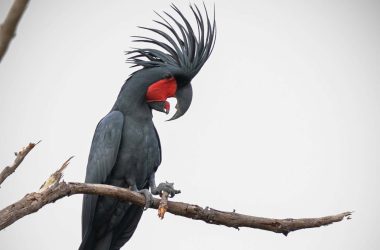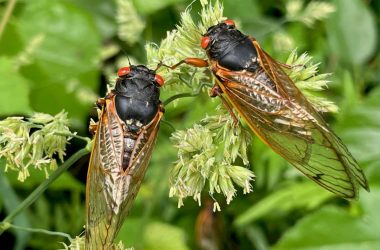A rainforest on Barro Colorado Island in Lake Gatun, Panama
Rick Carlson/Alamy
Tropical forests are known for their diverse range of tree species, often with significant spatial gaps between individuals of the same species. This unique pattern of growth is believed to provide protection against pests, such as insects and fungal pathogens. Understanding the dynamics of these forests is crucial for their conservation.
According to Annette Ostling from the University of Texas at Austin, “Enemy species, like insect herbivores and fungal pathogens, have specific preferences for different tree species.” When trees of the same species are clustered together, it becomes easier for these pests to move from one tree to another. For instance, insects can attack nearby seedlings by dropping from a colony on a tree, while fungal pathogens can spread through water splashes to other nearby trees of the same species.
To gain insights into the impact of these dynamics on tree distribution in tropical forests, Ostling and her team analyzed more than 30 years of data collected from Barro Colorado Island, the only tropical forest in the Panama Canal. They focused on a 50-hectare plot within the forest.
Previous studies had already mapped the locations of all the trees in this forest and recorded the typical distance that seeds of each species can travel.
Based on this information, Ostling and her colleagues developed a computer model that predicted how the forest would look if the trees had grown wherever the seeds landed most frequently.
Their analysis revealed that, in reality, trees of the same species were three times farther apart than what the computer model predicted. The most plausible explanation for this difference is the presence of enemy species, which contribute to the diversity of tropical forests. Seeds that land near their parent tree are less likely to survive due to attacks from pests. This diversity also reduces the transmission of tree-specific pests.
Ostling suggests that enemy species may also play a role in maintaining the diversity and spacing of trees in non-tropical forests, although to a lesser extent. “The climate in tropical forests provides a more favorable environment for enemy species,” she explains. “Insect populations can thrive year-round without winters, and hot weather is conducive to fungal pathogens as well.”
These findings align with previous research indicating that tropical trees thrive when they are further away from trees of the same species. Kyle Harms from Louisiana State University emphasizes the importance of understanding the factors influencing forest composition, particularly in light of threats like deforestation that can erode biodiversity in these habitats.
Topics:








